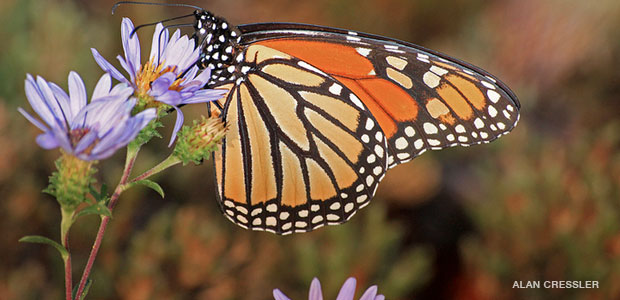Integrating the Effects of Global and Local Climate Change on Wildlife in North America
 In the southeastern U.S., urbanization and urban warming will occur in concert with global warming. Urban warming also provides a lens into the changes that might be expected with global warming. Researchers at NCSU, led by Rob Dunn, have used a combination of field experiments, lab experiments and models to understand how insect species may respond to both urban and global warming. Their results suggest that some changes in the life cycle of certain insects have already occurred in response to urban warming. Projects leaders include Rob Dunn (NCSU, Biology), Steve Frank (NCSU, Entomology), Nick Haddad (NCSU, Biology), Nadia Singh (NCSU, Genetics), and other researchers.
In the southeastern U.S., urbanization and urban warming will occur in concert with global warming. Urban warming also provides a lens into the changes that might be expected with global warming. Researchers at NCSU, led by Rob Dunn, have used a combination of field experiments, lab experiments and models to understand how insect species may respond to both urban and global warming. Their results suggest that some changes in the life cycle of certain insects have already occurred in response to urban warming. Projects leaders include Rob Dunn (NCSU, Biology), Steve Frank (NCSU, Entomology), Nick Haddad (NCSU, Biology), Nadia Singh (NCSU, Genetics), and other researchers.
Butterfly species in Ohio, for example, appear to have shifted when they fly in response to urban warming. Some native butterfly species seem to be at risk due to the shortening of their flight periods caused by these shifts.
Certain tree pests, such as invasive scale insects, have also changed their life history in response to urban warming. Scale insects are more abundant and mature into adulthood earlier in warm areas of cities. Preliminary evidence suggests that the same occurs in experimental warming in the field and in greenhouse conditions. These shifts are not due to escape from parasites and predators but instead seem to be due to physiological responses of scale insects to warmer conditions. The increase in abundance of scale insects with warming is likely to have detrimental effects on native trees, both in warm urban areas and in areas that are warmer due to global warming.
A third group of insects, ants, has been studied in the most detail by researchers in Rob Dunn’s lab. Dunn and his colleagues have found that warm and cement-covered areas of cities tend to be dominated by ant species from the southwestern U.S. These ant species succeed because they are more thermally tolerant. The successful urban species tend to be the same ones that succeed in experimental warming chambers in the forest, suggesting they will also succeed with global warming. The success of these ant species appears to be due to their ability to withstand temperatures above those tolerated by the proteins and enzymes in less heat tolerant native ant species. This research suggests that these thermally tolerant ant species include fire and argentine ants, two invasives that can negatively affect wildlife as well as other native species and, in the case of fire ants, human health and well-being.
In general, the results of this research conducted at NCSU suggests that many of the responses of insect species, be they butterflies of conservation concern, ants of ecological importance or scale insects of danger to native tree species, can be predicted, to a first approximation, based on relatively simple physiological traits. This is good news because for the vast majority of rare and/or dangerous insect species, very little is known about their biology, but traits related to physiological tolerance can easily be measured. Although species traits seem to be most relevant for predicting future distributions and consequences of warming, early work on a pest beetle suggests that we also need knowledge about the physiology of the beetle’s mutualist bacteria and fungi.
Read about other SE CSC funded projects >
- Categories:
